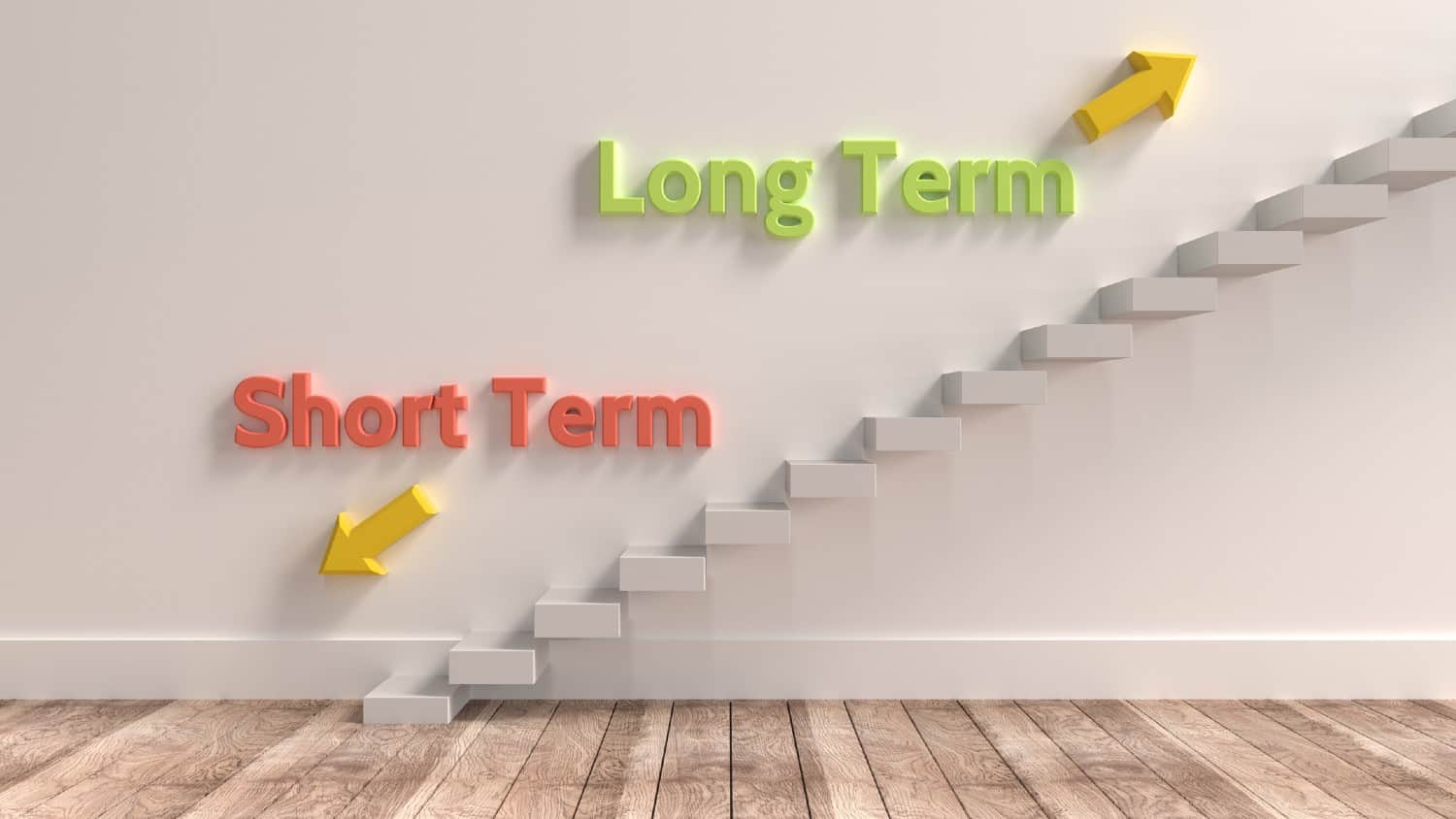Barclays’ (LSE: BARC) share price is down 4% from its 24 October 12-month traded high of £2.51.
I think much of this is due to profit-taking, as the stock is up 79% from its 8 November one-year low of £1.34.
Regardless, the price fall could be an opportunity to consider buying the stock cheaply for those whose portfolios it suits.
Impressive third-quarter results
This looks particularly the case given the strong Q3 2024 results released on 30 September.
Income increased 5% year on year to £6.5bn. And pre-tax profit jumped 15.8% to £2.2bn on continued efficient savings and cost-cutting – ahead of analysts’ forecasts of £1.97bn.
Return on tangible equity (ROTE) rose from 11% to 12.3% over the same period. This is the same as return on equity except that it excludes intangible elements such as goodwill.
What are the growth targets from here?
These numbers align with the bank’s targets in 2024 and through to 2026. Specifically, it aims for a ROTE of 10%+ this year, and of 12%+ by end-2026.
For income, it is looking for £11bn+ this year and around £30bn by end-2026.
The main risk to these numbers is a declining net interest margin, in my view. This is the difference between interest received on loans and paid out on deposits.
However, analysts forecast that Barclays’ earnings will grow 11.7% a year to the end of 2026. And it is ultimately earnings growth that drives a firm’s share price (and dividends) higher over time.
Indeed, Barclays intends to pay £10bn+ to shareholders from 2024 to 2026, through dividends and share buybacks.
The Q3 results already saw it increase the interim dividend 7%, from 2.7p to 2.9p. If this hike were applied to the entire 8p payout last year the return would be 8.56p. On the current share price of £2.38, this would yield 3.6%.
Are the shares undervalued?
I need to decide whether the stock is undervalued. My starting point in ascertaining this is to look at key stock valuation measures I use, beginning with the price-to-book ratio.
On this, the bank currently trades at 0.5 against an average of 0.7 for its competitor group. This comprises Standard Chartered at 0.6, Lloyds at 0.7, NatWest at 0.8, and HSBC at 0.9. So, Barclays looks cheap on this basis.
The same is true on the price-to-sales ratio too. Barclays is at the bottom of its peer group here as well, on 1.5 against an average of 2.1.
To work out how undervalued it is in cash terms, I ran a discounted cash flow analysis using other analysts’ figures and my own. This shows the stock to be 30% undervalued at its current price of £2.40.
Therefore, a fair value for the shares is £3.43, although they may go lower or higher than that.
Will I buy it?
Aged over 50 now, I am focused on stocks that yield 7% a year. This is so I can increasingly live off the income and continue to reduce my working commitments. With a present return of 3.4%, Barclays does not fit the bill right now.
If I were younger though, I would probably add it to my portfolio for its earnings growth prospects. These should power both the share price and dividends higher over time.
This post was originally published on Motley Fool




